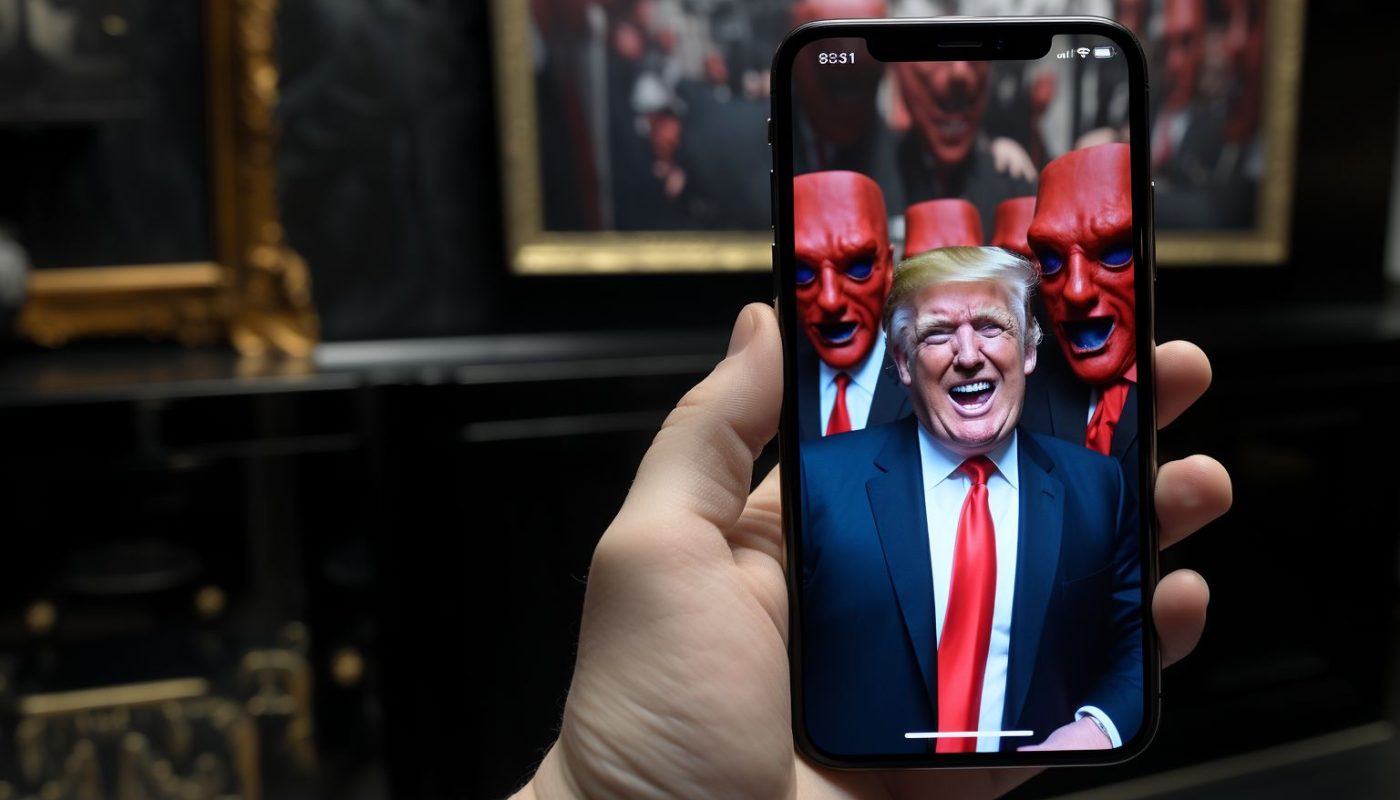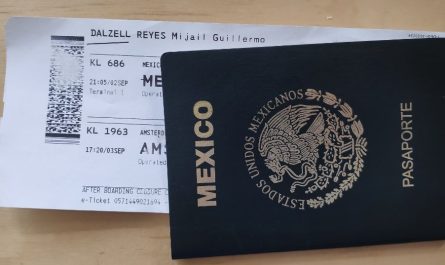Venturing into the world of AI voice scams, this deep dive reveals the rising threats of the digital age and introduces safewords as our newest line of defense. Discover how to fortify your digital trust.
In the age of rapid technological advancements, artificial intelligence (AI) stands out as one of the most transformative forces. While AI has brought us a new era of innovation and convenience, it has also brought forth challenges, particularly in the realm of cybersecurity. One of the most alarming developments is the rise of AI voice scams. Let’s delve deeper into this issue and explore the protective power of safewords.
Learn more about deepfake and see some concrete examples
https://youtu.be/mGY9Dn4QwG0?si=UJqEP8Qpdz5cishF
The Complex Landscape of AI’s Democratization and Voice Scams
The democratization of AI stands as a double-edged sword in today’s technological landscape. While it has democratized access to powerful AI tools, promoting innovation and creativity, it has simultaneously introduced the potential for misuse. As these tools become more accessible, the risk of them being exploited for malicious purposes surges. A prime example of this misuse is in the realm of personal security, where scammers equipped with cutting-edge AI can mimic voices with unsettling precision. These AI-generated “deepfakes” are so authentic that they can deceive even those familiar with the mimicked voice.
Slate’s insights further emphasize the gravity of this situation, highlighting a world where individuals, unsuspecting of the AI advancements, become victims of scams costing them not just financially but emotionally. The trauma of being deceived and feeling violated is immeasurable. Yet, amidst this daunting scenario, there’s a glimmer of hope. The concept of safewords has emerged as a protective measure. By establishing a unique word or phrase known only within a trusted circle, one can ascertain the genuineness of interactions, especially those that involve sensitive details. By staying vigilant, educating our circles about these potential threats, and leveraging protective strategies like safewords, we can tread this challenging terrain with a renewed sense of confidence.
The Personal Armor Against AI Threats: Safewords
Imagine receiving a call from a loved one, asking for an urgent financial favor. Their voice sounds just as you remember, and they have personal details that only they would know. Would you help them? Most of us would, without a second thought. But what if that voice wasn’t genuine? What if it was a product of AI, designed to deceive?
This is where safewords come into play. Much like a password protects your online accounts, a safeword can protect your real-world interactions. By establishing a safeword with your close contacts, you add an extra layer of verification to your interactions. In the face of AI’s potential to deceive, this simple measure can be a game-changer.
Empowering Ourselves Against AI Threats: Practical Tips
Cyber experts from Geonode have provided a roadmap to empower ourselves against the threats posed by AI:
- Limit Voice Exposure: The more recordings of your voice available online, the easier it is for scammers to create a convincing deepfake. Be cautious about what you share, especially on platforms with broad audiences.
- Voice Modulation Apps: These tools can distort your voice while maintaining natural inflections, making it challenging for AI to create an accurate model of your voice.
- Guard Personal Data: Always be cautious about sharing sensitive information. Scammers can combine this data with voice deepfakes to make their schemes more believable.
- Two-Factor Authentication: An added layer of security can make a world of difference. Even if scammers manage to mimic your voice, two-factor authentication can stop them in their tracks.
- Education: Knowledge is power. By educating our loved ones about voice deepfakes and potential scams, we can collectively guard against threats.
- Safeword Strategy: Establish a safeword with your close contacts. In moments of doubt, this simple word can be the difference between security and deception.
Conclusion
The rise of AI voice scams is a stark reminder of the challenges that come with technological advancements. However, by staying informed and taking proactive measures, we can enjoy the benefits of AI while safeguarding ourselves against its potential threats. In the battle against AI deception, safewords emerge as a powerful ally, offering a simple yet effective line of defense. As we continue to navigate the digital age, let’s do so with caution, empowerment, and the confidence that we can protect ourselves and our loved ones.
Source: ITEdgeNews, Washington Post




Hi Thibault, very nice and interesting video! It’s amazing what technology is capable of nowadays! But on the other hand it’s also scary, if it is used with the wrong intention.
Hi Sergio,
Thank you for your thoughtful comment! It’s truly a double-edged sword, and it can be really alarming. It’s crucial we stay informed and vigilant about potential misuse. By the way, were you able to spot all the deepfakes in the video? (Tip: maybe my voice and my mouth were not exactly matching at some points?)
Hi Thibault, I guess I was able to recognize all the deepfakes, but sometimes it was really hard to distinguish the real from the fake. Very interesting topic! I’m really looking forward to reading your next articles.